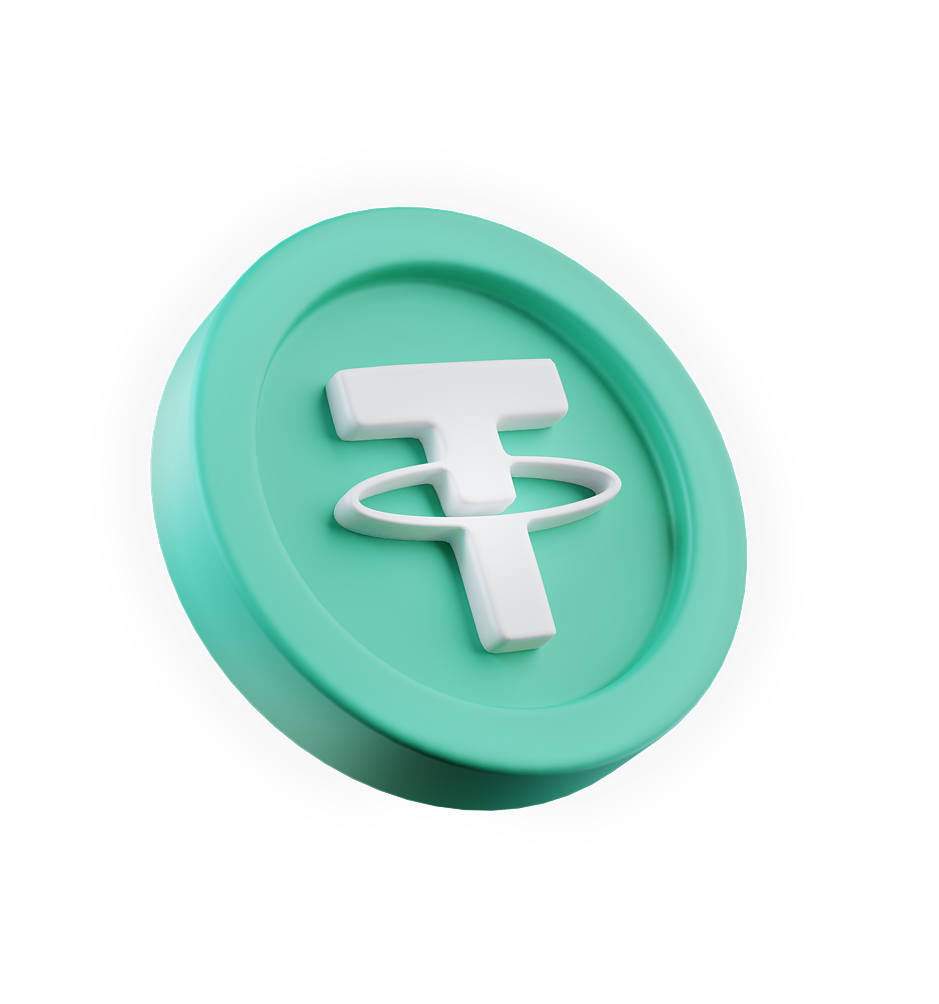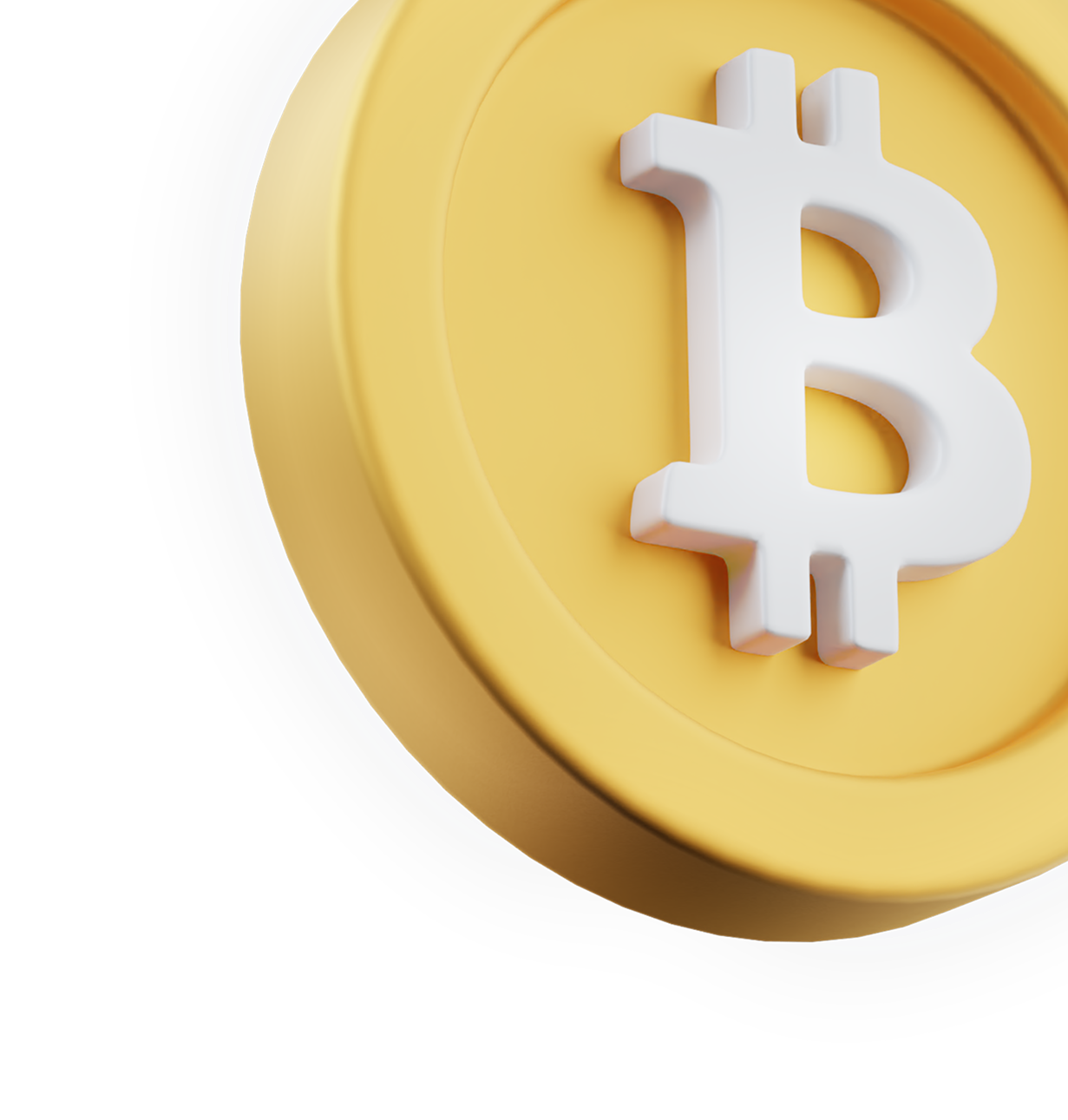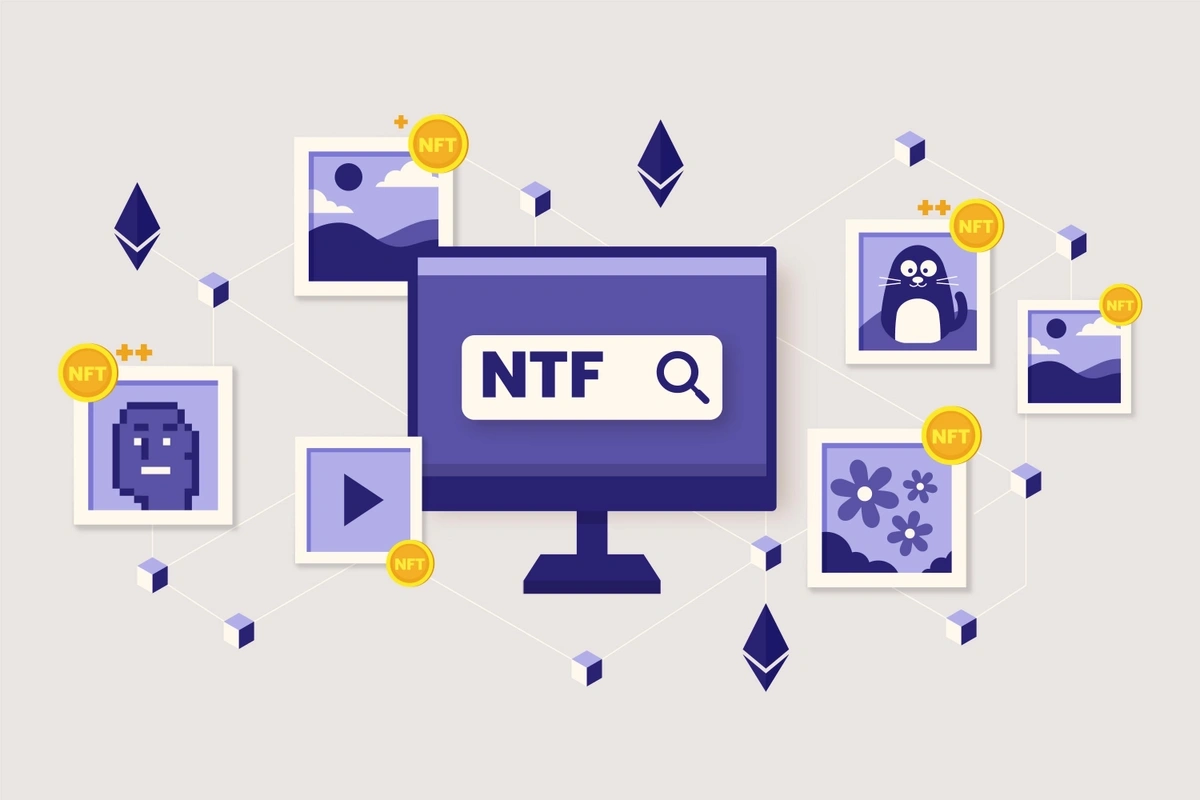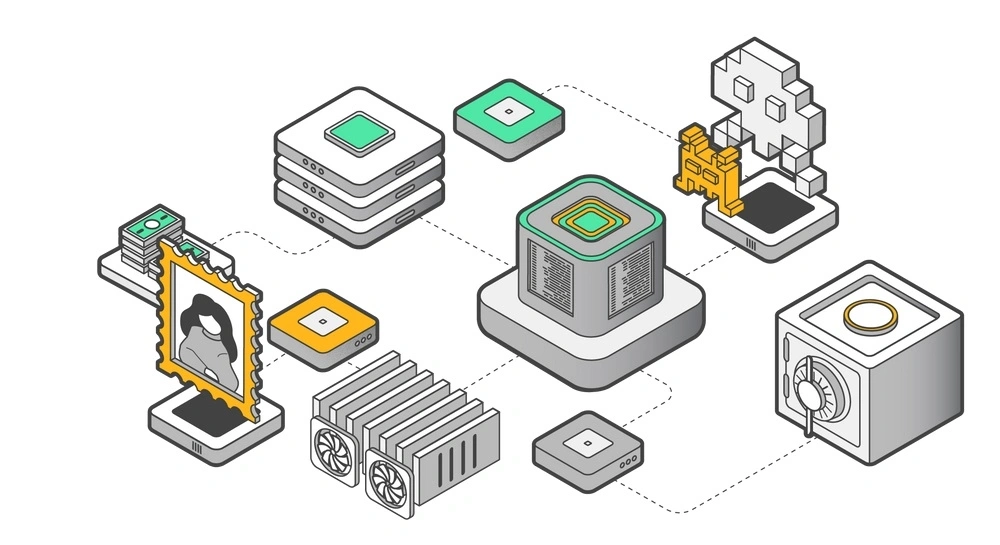The Role of DeFi in Bridging the Gap Between Traditional Finance and Crypto

For many of us, the world of finance can be confusing. We don't learn about it in school, and it gets more confusing as life progresses.
Then, in 2008, Satoshi Nakamoto released the Bitcoin whitepaper, introducing the concept of decentralized finance, and it got a whole lot more confusing from there.
Introduction to DeFi
Today, finance and crypto are hot topics, but the challenge is bridging the gap between traditional finance and crypto.
Currently, these two financial systems are worlds apart. One is driven by governments, corporations, legislation, regulation, and control. Whereas the other is designed to give power to the people, anonymity, and the freedom to transact with anyone in the world.
In this article, we’ll discuss the challenges we face and how DeFi can bridge the gap between these two financial systems.
Understanding Traditional Finance
What Is Traditional Finance?
Traditional finance refers to the conventional financial systems and institutions that operate under regulatory frameworks and are governed by centralized authorities.
While this has been a familiar model for centuries, limitations to the system keep the power and money in the hands of the wealthy.
Limitations of Traditional Finance
Geographic Restrictions
Firstly, traditional banking has geographic restrictions. Financial regulators and banks decide who people can transact with based on geographic restrictions, meaning some countries are off-limits.
Lack of Inclusion
As of 2017, a massive 1.4 billion adults were unbanked, meaning they do not have a bank account or access to financial services. This could be down to location, lack of services, or the inability to fulfill KYC and AML screening.
High Costs
Traditional, centralized financial services can come with high transaction costs, fees for owning an account, and other ongoing costs that add up over time.
Time-Consuming & Costly Cross-Border Transactions
Transacting cross-border is challenging with traditional finance. It requires a lengthy process of exchanging one currency for another before executing the transaction.
Furthermore, traditional institutions profit from these transactions as they use their own exchange rate and take a fee.
Introduction to DeFi
What Is DeFi?
Decentralized finance, or DeFi, is a financial system that uses blockchain technology to create financial applications accessible to anyone with an internet connection. It isn't under the control of government regulations and large banking corporations.
Thanks to technology, accessibility, and transparency, DeFi can overcome the challenges and cons of traditional finance. Some of the key features of DeFi are:
No Intermediaries
DeFi uses a smart contract system that enables secure transactions without intermediaries. Instead of using a bank to transfer money, DeFi and smart contracts allow users to transact with one another while keeping all funds safe.
Essentially, a smart contract ensures all parties fulfill their contractual obligations before the transaction can take place.
Accessibility
Anyone with an internet connection can start using DeFi applications. This will drastically reduce the number of unbanked people and give the most vulnerable access to the financial services they need to better their lives.
Peer-to-Peer Lending & Borrowing Platforms
Using collateral-based loans, anyone can borrow or lend money. So, instead of passing strict bank tests, you can easily borrow funds from another individual. Additionally, the individual will be the one who earns interest, not a big bank.
Users can also generate income by yield farming and staking the crypto on their hold in return for percentage rewards.
Lower Fees & Cross-Border Freedom
Cryptocurrencies aren’t tied to a country or area. Therefore, cross-border transactions can be completed much faster and for a lower fee.
Furthermore, with anyone able to access decentralized crypto exchanges, swapping one cryptocurrency for another is easy.
Bridging the Gap: Connecting Traditional Finance and Cryptocurrency
For traditional finance and crypto to come together, DeFi has to provide platforms that interact with both.
The main challenge for DeFi and cryptocurrency is mass adoption. This will only happen when users can freely transact with DeFi and traditional finance.
Applications already exist that bridge the gap, but much development is needed before it's trusted by and usable for all.
Once the traditional finance and DeFi gap are bridged, we’ll see lower fees, faster transaction speeds, increased transparency, and trading services for traditional and digital assets.
Challenges & Risks of DeFi & Cryptocurrency
While cryptocurrency and DeFi provide users with transparency and greater security, some potential risks to always be aware of include:
- Potential hacks and lack of protection for your assets if they’re stolen.
- Regulatory changes can impact DeFi applications and investments.
- Bad actors, fraudulent activity, and scams.
Before using any DeFi application, you should conduct thorough research and verify the validity of the app. It’s important to assess the risks associated and make informed decisions before using any DeFi protocol.
Conclusion
Decentralized finance and crypto have the potential to completely shake up the financial system we live within. It overcomes challenges faced by traditional finance and will give power to the people, empower everyone to transact freely and reduce transaction costs.
However, the technology is still young, governments are beginning to heavily regulate it, and the risk of scams, hacks, and fraud is ever-present.
To keep yourself safe in the world of DeFi, check out ZERT's institutional-grade wallets for retail investors.







